Sony HVR-Z7P Manual
Læs gratis den danske manual til Sony HVR-Z7P (148 sider) i kategorien Videokamera. Denne vejledning er vurderet som hjælpsom af 62 personer og har en gennemsnitlig bedømmelse på 3.7 stjerner ud af 31.5 anmeldelser.
Har du et spørgsmål om Sony HVR-Z7P, eller vil du spørge andre brugere om produktet?

Produkt Specifikationer
| Mærke: | Sony |
| Kategori: | Videokamera |
| Model: | HVR-Z7P |
Har du brug for hjælp?
Hvis du har brug for hjælp til Sony HVR-Z7P stil et spørgsmål nedenfor, og andre brugere vil svare dig
Videokamera Sony Manualer
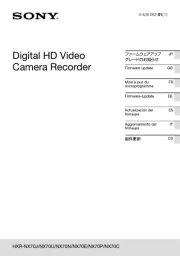

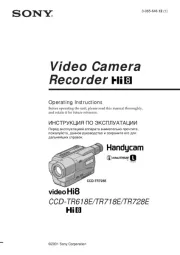
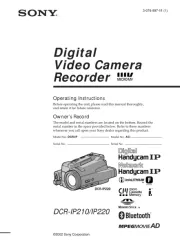
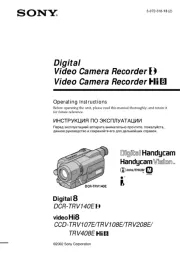
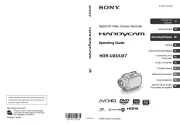

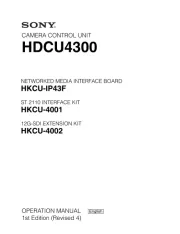
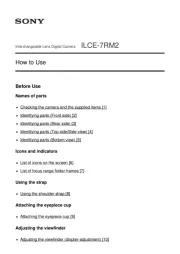

Videokamera Manualer
- Soundmaster
- SeaLife
- OK
- enlaps
- Prestigio
- Voltcraft
- Trotec
- Dahua Technology
- MMTC
- Marshall
- OBSBOT
- GoPro
- Motorola
- Garmin
- JVC
Nyeste Videokamera Manualer









